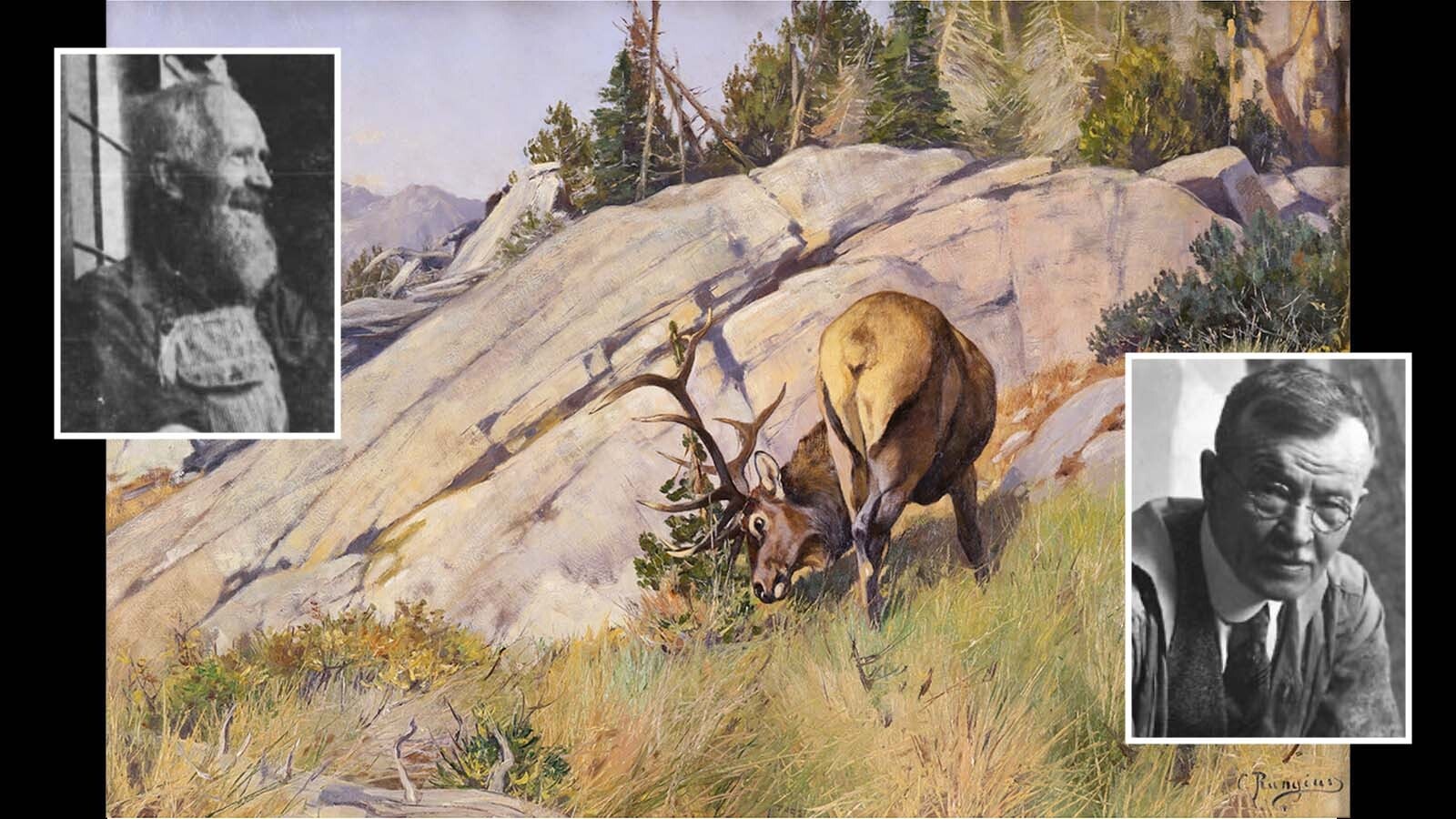On September 11, 2001, I served as Captain of Engine Company 308, FDNY. I also enjoyed a modest writing career, penning books and articles on some of my favorite subjects, the battle of the Alamo, Davy Crockett, John Steinbeck, and others.
Off duty on that fateful morning, I witnessed the World Trade Center in its death throes without realizing what I saw, while jogging and walking at Long Island’s Jones Beach. I looked toward the west and noticed a vertical column with a cloud of smoke at the top. I had seen the Trade Center from this distance (at least 25 miles) many times before but did not recognize it out of context due to the smoke. I had no clue until almost back to my car when I heard words from a beach-goer’s portable radio, “Disaster… Mayor Guiliani… Thousands dead!”
Sprinting to my car and turning on the radio I received the news. My worlds of firefighting, history, and writing collided. I said to myself that I had to remember everything I could for a preservation of record.
My first impression was that of having a steel door slamming shut behind me, separating the comfortable past from the uncertain and dangerous present. I felt nostalgic for a simpler time which included everything up to a few minutes before.
Another impression related to history. “This is Pearl Harbor! This is just like Pearl Harbor!” I said aloud before racing from the parking lot. This was reinforced while driving over a drawbridge leaving Jones Beach when I glanced west seeing the massive dust cloud covering lower Manhattan, reminding me of photos I had seen of the U.S.S. Arizona blowing up at Pearl Harbor.
I raced home, raced to the firehouse, raced to a staging area with five of my off-duty firefighters, and made it down to “Ground Zero” about an hour and a half after the second tower collapsed. Hours of waiting followed with my assignment just around nightfall. Space does not allow for a complete record here of the days and weeks which followed. Through it all, things transpired which brought memories relating to subjects of film, art, or history.
On the following morning, I stood in my office with the Chief of Battalion 51. He had a fax with a tentative list of missing firefighters.
The classic John Ford film She Wore a Yellow Ribbon, features a scene in which Captain Nathan Brittles (John Wayne) and his commanding officer, Major Alshard (George O’Brien) sit in an office of their frontier fort and go over the names of comrades killed at the recent battle of the Little Big Horn. It is a beautifully shot scene, lighted by a deep purple sunset and scored with a soft rendition of The Garryowen. Captain Brittles reads off names while his eyes turn inward on a memory of each.
The scene in the engine office substituted harsh reality for artistry. Standing in the middle of the sun-lit office, we read aloud names we recognized, mentioning our connection with the individual, “So-and-so, I worked with him on Bradford Street!” “Oh no! All of these guys from Ladder 105!” “I went to proby (Probationary Firefighter) school with him!”
Afterwards I sat at my desk and had an “Alamo moment.” I considered all the men we had lost, which brought me a memory of the town of Gonzales, Texas, which had lost a great number of its men at the Alamo. “How does an organization, or a town, go on?” I thought.
Another “Alamo moment” came to me a few days later when I received a Lone Star Flag in the mail which had been raised over the Alamo on September 11, 2001. The Daughters of the Republic of Texas also sent flags to the President, New York Governor, New York City Mayor, the FDNY and NYPD commissioners. I made it a point to carry the folded flag with me to Ground Zero for several days.
One other “Alamo Moment” occurred back on the first day while I waited for assignment at the command post a block from the Trade Center. We heard rumors, stated as facts, that the Capitol Building and the Washington Monument were hit by planes. We hadn’t heard about the Pentagon or the plane in Pennsylvania. Someone stated that the United States already bombed Afghanistan.
A sadness washed over me as heard about the Capitol and the Washington Monument. I looked north toward City Hall and did a quick inventory of some of my favorite places around the country. I hoped that officials closed the Golden Gate Bridge. I also said to myself, “I hope someone had the presence of mind to evacuate the Alamo.” Then I thought, “Texans evacuating the Alamo? I don’t think so!”
A silly thought, maybe, but it perked me up and gave me strength. I knew that we would prevail.
On a last sad historical note, the FDNY lost 343 men that day. To put it in perspective, that is more men than who died defending the Alamo, who died with Custer at the Little Big Horn, and more than U.S. Marines killed during the entire Civil War!
William Groneman III can be reached at wgroneman@yahoo.com. He is the author of September 11: A Memoir.







